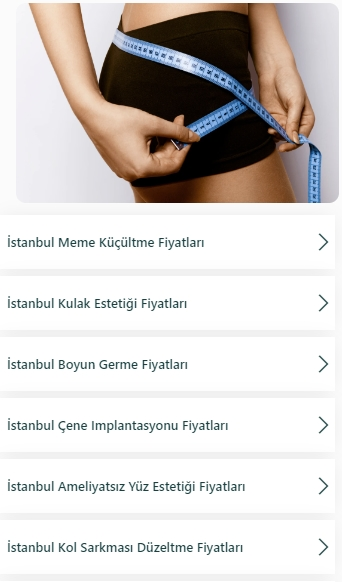
Discover Reflexology
- Discover Reflexology
- What Is Reflexology?
- Areas of Use in Reflexology
- Advantages of Reflexology
- Can It Work Together with Modern Medicine?
- Conclusion
What Is Reflexology?
As a reflexologist, I work with deep admiration for the human body's natural healing potential. Reflexology is one of the methods that activate this potential, blending ancient knowledge with modern approaches to provide a holistic state of well-being. Reflexology is a complementary therapy that aims to interact with various organs and systems of the body by applying pressure to specific points on the feet, hands, and ears. The basic principle is that every part of the body has a corresponding area on the feet, hands, or ears, and stimulating these areas can positively affect the related organs or systems.
Reflexology is not merely a massage technique; it is a profound practice based on the nervous system, energy flow, and mind-body balance. By applying specific pressure to reflex points on the feet, nerve endings are stimulated, and the body's self-healing process is supported. These points are like tiny energy centers that reflect the body's map onto the feet.
Areas of Use in Reflexology
Over the years in my profession, I have observed noticeable improvements in the quality of life of many individuals. Reflexology has a wide range of applications. Some of the most common areas include:
- Stress and Anxiety Management: Today’s fast-paced lifestyle leads to chronic tension and mental fatigue. Reflexology is highly effective in reducing stress, especially with its balancing effect on the nervous system. After sessions, my clients often experience significant relaxation and a sense of inner peace.
- Digestive Issues: Common problems such as sluggish bowels, bloating, and acid reflux can be positively influenced through reflexology. Regular stimulation of the foot points corresponding to the digestive system helps restore the system's natural rhythm.
- Sleep Disorders: Reflexology can help regulate sleep by balancing melatonin and serotonin hormones. Clients suffering from insomnia often report sleeping more comfortably after just a few sessions.
- Hormonal Balance: Reflexology can support the hormonal system in working more harmoniously, especially in cases like menstrual irregularities, menopause symptoms, and thyroid problems. It plays a significant supporting role in women’s health.
- Headaches and Migraines: Reflex points corresponding to the head area can effectively reduce the intensity and frequency of migraines and tension-type headaches. Many individuals who frequently use painkillers report decreased pain levels through reflexology.
- Support for Circulatory and Lymphatic Systems: Reflexology applied to the feet accelerates blood circulation, facilitates oxygen transport to tissues, and supports detoxification by activating the lymphatic system.

Advantages of Reflexology
One of the greatest benefits of reflexology is that it is a natural and side-effect-free supportive method. It is a safe alternative for those who wish to avoid the side effects of pharmacological interventions. Its non-invasive nature also allows it to be comfortably applied to individuals of all age groups.
Reflexology balances not only the physical body but also the emotional state. Sometimes, my clients experience intense emotional release during or after sessions. This indicates that the body is beginning to release not only physical but also emotional burdens. True holistic healing reveals itself exactly at this point.
Another important advantage is its personalized approach. Each person’s body, story, and needs are different. That’s why I never apply the same protocol to everyone. I conduct a comprehensive assessment and prepare a personalized reflexology plan, considering the individual's lifestyle, emotional state, and physical complaints.
Can It Work Together with Modern Medicine?
Reflexology does not replace modern medicine; it complements it. Especially in chronic disease processes, it supports the healing journey alongside medical treatments. When practiced in harmony with treatments monitored by physicians, it’s possible to observe faster and more lasting responses from the body. Therefore, reflexology should be seen as a part of holistic health.
Conclusion
Reflexology is a powerful healing method with a history of thousands of years that still retains its validity and effectiveness today. As a reflexologist, I am constantly in awe of the body’s wisdom in every session. The hidden map beneath our feet helps us achieve not only physical but also mental and emotional balance.
Getting acquainted with reflexology can be one of the most valuable gifts you give yourself. Sometimes, all you need to do to support your body is allow those magical points on your feet to be touched.

Reflexologist Nihal Yamanoğlu

